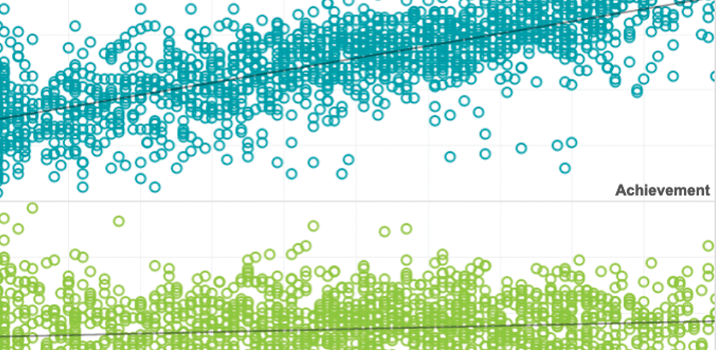

The major purpose of this paper is to investigate the effects of CAT test design and bank distribution on the content coverage and the efficiency of the tests.
By: Shudong Wang, Hong Jiao
Topics: Test design, Computer adaptive testing, Learning standards & alignment


A large-scale, long-term study of scale drift: The micro view and the macro view
This study examined the measurement stability of a set of Rasch measurement scales that have been in place for almost 40 years.


What does equity and accessibility look like within assessment?
Creating tests and items from the beginning with Universal Design for Learning in mind, removing barriers by adding alt-tags, and incorporating more culturally rich materials are all steps NWEA is doing to improve our equity for all students.
By: Elizabeth Barker
Topics: Equity, Accessibility


NWEA promotes accessibility in assessment with release of image description guidelines
Image descriptions are important to make computer-based assessments accessible to students using assistive technology (AT) devices, such as screen readers and refreshable braille displays. NWEA, with support from the National Center for Accessible Media (NCAM), has created guidelines for describing many variations of images, charts, and graphics targeted specifically to the disciplines of reading, language usage, science, and mathematics.
By: Elizabeth Barker
Topics: Equity, Accessibility


Rapid‐guessing behavior: Its identification, interpretation, and implications
The rise of computer‐based testing has brought with it the capability to measure more aspects of a test event than simply the answers selected or constructed by the test taker. One behavior that has drawn much research interest is the time test takers spend responding to individual multiple‐choice items.
By: Steven Wise
Topics: Measurement & scaling, Innovations in reporting & assessment, School & test engagement


Using a nationally representative dataset with thousands of measures, I employ data reduction techniques to identify a handful of variables that are the strongest predictors of college readiness and understand what they measure.
By: James Soland


This article addresses the issue by estimating teacher value added, then applying extremely mild nonlinear transformations to the original scale and re-estimating the value added. Although by definition at most one of these scales can be equal-interval, all are treated as if interval-scaled when estimating value added.
By: James Soland
Topics: Measurement & scaling, Student growth & accountability policies


